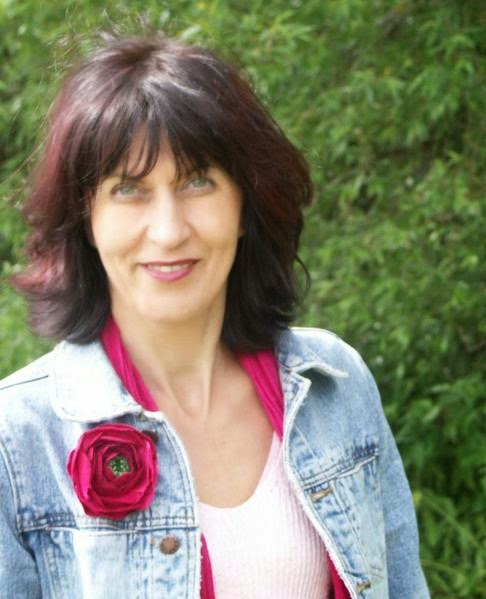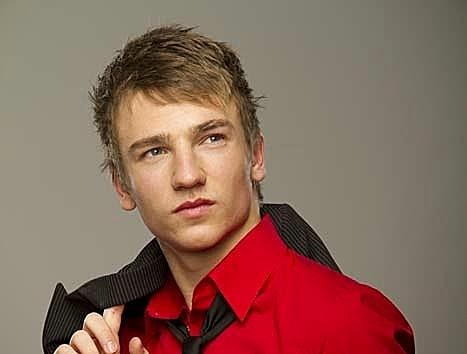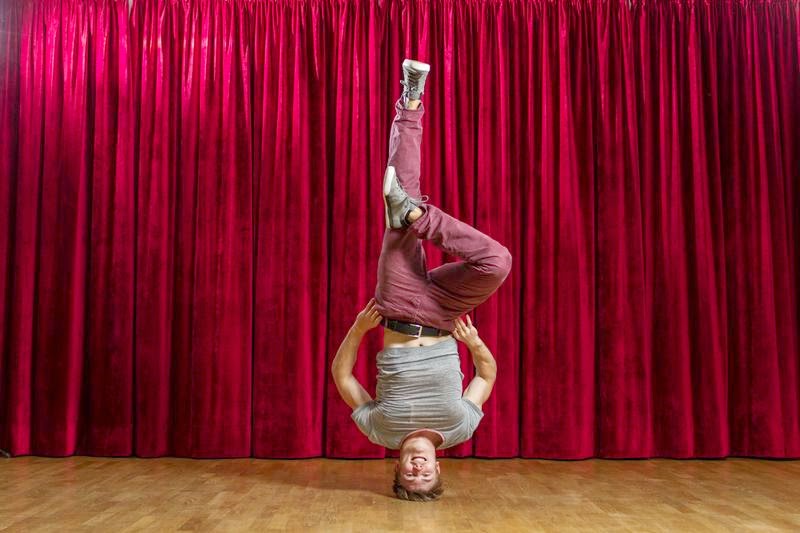Partizipatorisches Kunstprojekt von Janet Grau: „extrem interessant“ für die Ausstellung
Dubuffets Liste in der Sammlung Prinzhorn.
Als ich Ende 2012 nach Heidelberg gezogen war, entdeckte ich die Sammlung Prinzhorn. Besonders toll fand ich die künstlerischen Reaktionen auf die Sammlung, wie die "ungesehen und unerhört"-Reihe. Ich habe gleich Lust gespürt, selber auf die Sammlung zu reagieren, am besten mit einer partizipatorischen Arbeit, ein Schwerpunkt meiner Kunst in den letzten Jahren. Diese Arbeit, „extrem interessant“, ist nur eine unter vielen Möglichkeiten, die ich hätte, auf so eine tolle Sammlung zu reagieren.
15 Werke aus „Dubuffets Liste“
Gezeigt werden Gespräche, die jeweils zwei Personen über Bilder führen. Jede von ihnen hat die Reproduktion eines Bildes ausgewählt, so dass immer zwei Bilder besprochen werden. Die Reproduktionen sind für die Kamera nicht sichtbar.
Für die Gespräche wurden aus der Fülle der Exponate 15 in eine Vorauswahl genommen. Es ist eine konzentrierte Subgruppe der Ausstellung mit Werken, die Dubuffet definitiv gesehen und beurteilt hat. So könnte man seine Bewertungen neben heutige Reaktionen stellen. Dabei würde etwa deutlich, dass einige der Werke, die Dubuffet spannend fand, nicht so wichtig für zeitgenössische Betrachter sind.
Dokumentiert wird nur die Rezeption
In der Dialogsituation sind die Bilder unmittelbar für beide Dialogpartner präsent. Sie schildern ihre ganz persönlichen Eindrücke vom Betrachteten. Sie beschäftigen sich relativ lange mit den Werken, sie tauchen miteinander in die Bilder ein, entdecken beim Sprechen weitere Details, bücken sich, um genauer zu schauen. Wörter reichen oftmals nicht aus, Gesten werden zu Hilfe genommen. Weil die Teilnehmer nur Kopien vor sich haben, können sie sogar die Bilder berühren und drehen, wovon sie tatsächlich häufig Gebrauch machen.
Die Dialogpartner beziehen sich dabei in entspannter Konzentration auf einen Gegenstand, der dem Betrachter des Videos entzogen bleibt. Dieser ist eingeladen, sich anhand der Beschreibung sein eigenes Bild zu machen und sich in den Ausstellungsräumen auf die Suche nach den beschriebenen Werken zu begeben. Dabei kann er sowohl Dubuffets Urteil wie seine eigene Einschätzung prüfen und reflektieren.
















































